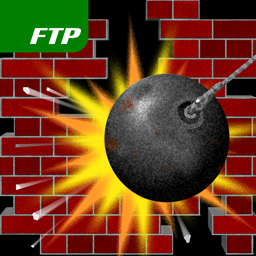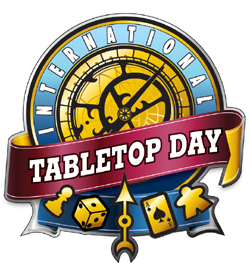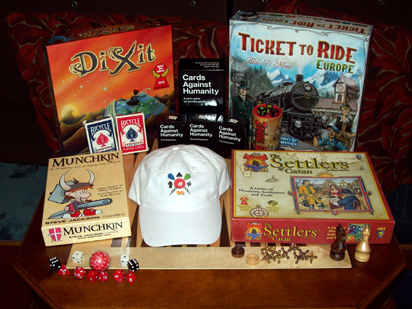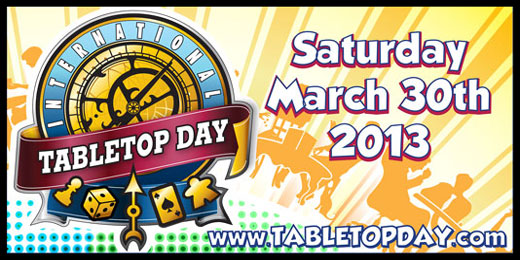The first submission of Demolish! Pairs FTP was rejected by Apple.
As I mentioned in my last post, I decided to embrace the free-to-play concept fully (if perhaps halfheartedly). Unfortunately, my first attempt for iOS did not result in reciprocation, as Apple reviewers rejected the IAP (In-App Purchase) products submitted with the product, Demolish! Pairs FTP. (Alas, it took the product 8 days to get a review, which then lasted only 15 minutes before the rejection notice.)
I had designed what I thought was a well-balanced menu of (4) IAP products, ranging from a “Golden Ticket” at $3.99 (the current price of the “paid” game) down to an inexpensive “Two Day Pass“. This last item ran afoul of a guideline I had overlooked:
“Content subscriptions using IAP must last a minimum of 7 days and be
available to the user from all of their iOS devices”
The inclusion of that product was intended to mimic a standard overnight video rental, which is a clearly established mechanism for viewing movies, instead applied to a downloadable video game. I felt that the inclusion of a $0.99 item (subscription, in this case) was important to anchor the bottom end and provide a quick, low resistance, purchase option for the customer. The economics also basically require that a product priced in such a manner be something of a standalone, since the gap between pricing tiers is 1 dollar US, so this lowest (non-free) tier does adequately fill the space between any two other tiers; the short subscription would have met the need quite nicely.
I accepted the decision (since I had completely missed this restriction in my earlier review of submission guidelines), but not without registering my thoughts on the matter:
I realize that you do not have the authority to overrule the cited guideline, but I personally feel that it is misguided and stifles innovation. In particular, overnight rentals have been well-established in the video rental industry, and our “Two Day Pass” option was intended to be analogous. Now we have no method to test the acceptability of this approach (to customers) under iOS.
Indeed, I do intend to experiment with this option under Android, if possible (and I will read payment guidelines with this in mind), since one major goal of this whole procedure is to learn what does and does not work in this arena.
Preparing a second submission
Clearly, Apple was not going to allow me to experiment with this idea (as is), and I was convinced that extending the subscription to 7 days would unbalance the design, as would increasing the price of what was, very deliberately, the most inexpensive choice. Besides, the “Two Day Pass” idea was already engraved in button artwork. 🙂
Rather than taking a bat to my IAP product design and hoping it remained stable, or delaying release long enough for a redesign to accommodate a different low end option, I decided to simply remove the “Two Day Pass” entirely, initially offering only 3 IAP products for sale. Although the anchor I wanted is no longer there, this whole exercise is somewhat experimental and, certainly, incomplete data now is better than complete data delayed (and, hence, no data in the interim).
It pained me, due to the many hours of design, implementation, and testing, but it was far easier to remove the option than to add it in the first place; the second submission of Demolish! Pairs FTP was completed on the same day as the initial rejection.
Planning for the future
The design for the free-to-play version of Demolish! Pairs already envisions several updates to the IAP system that were not (fully) implemented for the initial release. A replacement for the inexpensive subscription product was just added to the list of features to be added in future upgrades, and an idea is already in the works.
With the removal of the fourth product button from the store page, the “hole” in that page looks even larger than it did previously. However, the view actually contains (hidden) controls for some of the upcoming options, including the fourth product button, so the store will look progressively better as we roll out these features. Of course, all of that is premised on the free-to-play edition actually registering on the income needle.
So, now we wait (again)…







